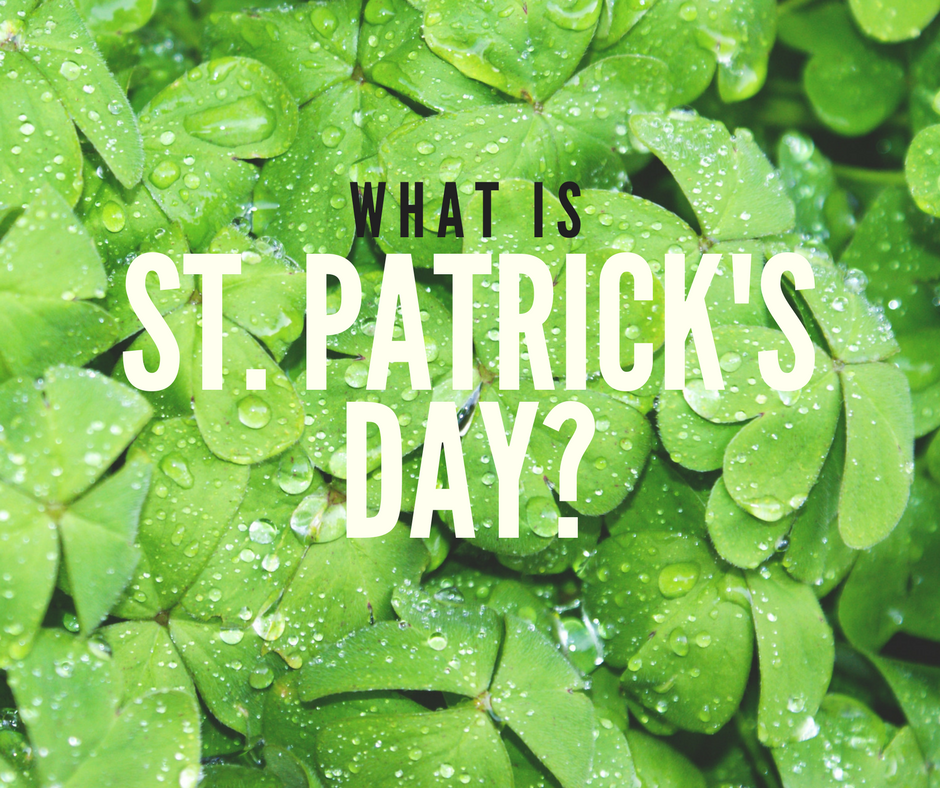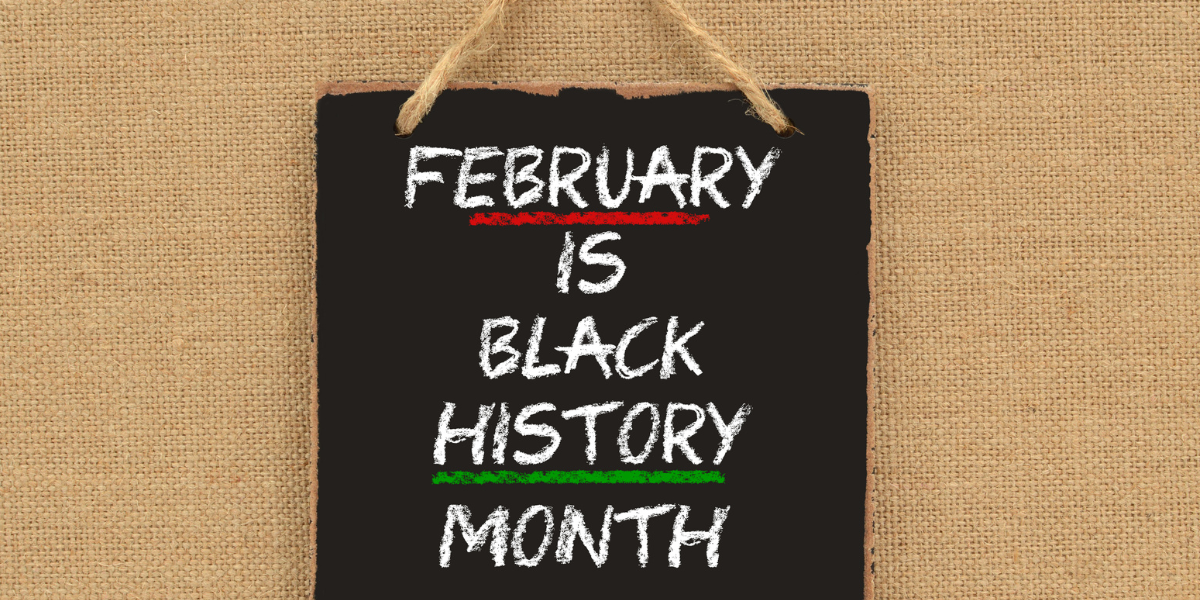
Saint Patrick’s day is right around the corner. The holiday where you get to wear green (and pinch people who are not), chow down on corned beef and cabbage and consume green shamrock shakes.
To be honest, I had no idea about the orgins of St. Patrick’s day, so I thought it might be interesting to take a walk back in history to find out more about this popular holiday.
St. Patrick’s Day is the feast day of Saint Patrick, the patron saint of Ireland. But I think one of the most interesting things about him was that he wasn’t even Irish! He was born in the late 4th century, kidnapped at 16 and taken to Ireland as a slave. He managed to escape, but returned about 432 to convert the Irish to Christianity. By the time of his death on March 17, 461, he had established monasteries, churches and schools. However, celebrations in Ireland were small, compared to what they have grown into today. It wasn’t until the Irish emigrated to the United States that St. Patrick’s Day celebrations grew in size and popularity. (https://www.britannica.com/topic/Saint-Patricks-Day)
Eighteenth century Irish soldiers who fought in the Revolutionary War held the first St. Patrick’s Day parades. They became a way for the Irish to get in touch with their Irish roots after relocating to America. (http://www.gpb.org/education/origins-of-st-patricks-day)
By the end of the 19th century, this holiday was observed on the streets of major Irish cities such as Boston, Chicago and New York, as well as New Orleans, San Francisco and Savannah. Celebrating this holiday spread across the U.S., and became a day that was acknowledged by many with no Irish heritage. (http://time.com/3744055/america-invented-st-patricks-day/)
So where do shamrocks, wearing green and pinching come into the picture? Of course many legends surround St. Patrick, one of them being that he used the shamrock, a three-leaf clover, to explain the Trinity. Interestingly enough, blue was the original color associated with St. Patrick’s Day. For Irish people in the U.S., wearing green became a symbol of pride for their home country, with green representing nationalism and Catholicism. So, when you got pinched, it was like a mild scolding for not showing Irish pride. The other part of pinching comes from the St. Patrick’s Day ambassador himself, the leprechaun. Legend has it that green makes you invisible to leprechauns, and supposedly these mischievous jokesters will pinch anyone who isn’t wearing green.(https://www.elitedaily.com/p/why-do-you-pinch-people-on-st-patricks-day-heres-the-history-behind-the-tradition-8369165)
And there you have it. A mini history lesson on what has become one of the most popular holidays to celebrate. Go wear some green, watch out for leprechauns and enjoy being Irish for a day, even if you don’t have any Irish roots in your family tree.
Happy St. Patrick’s Day, friends!
















